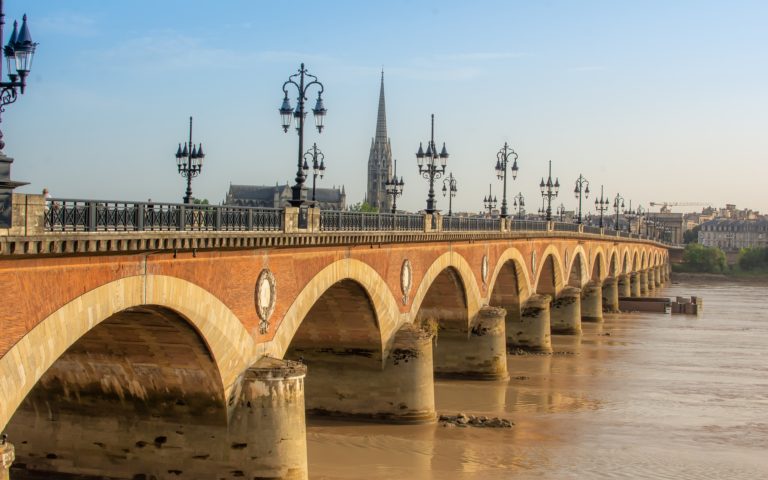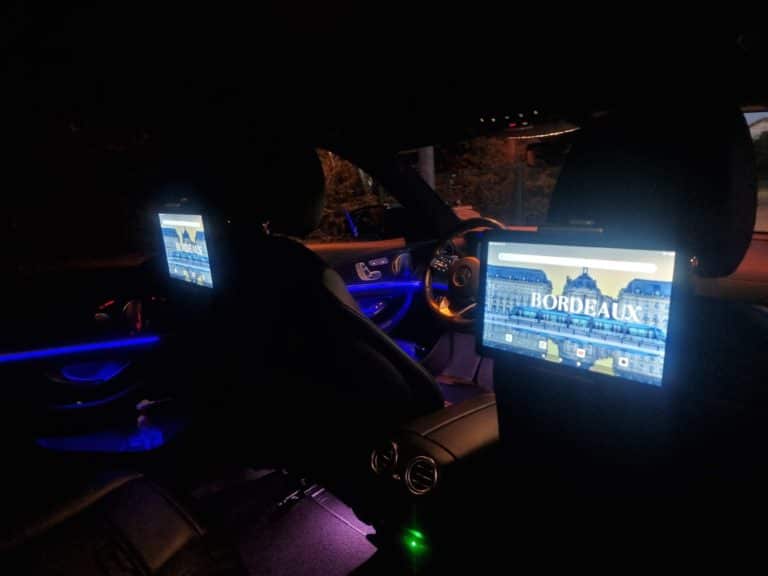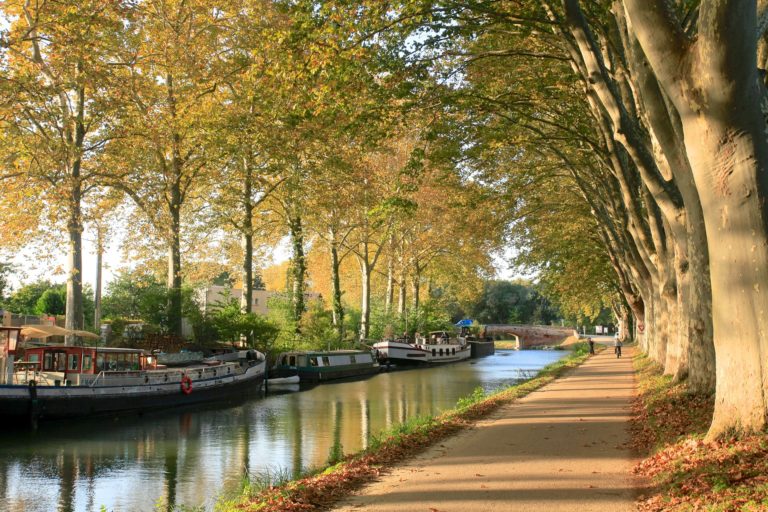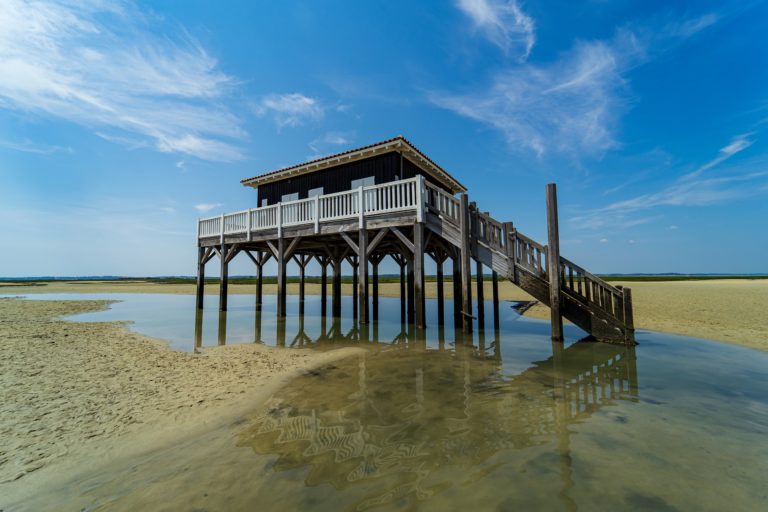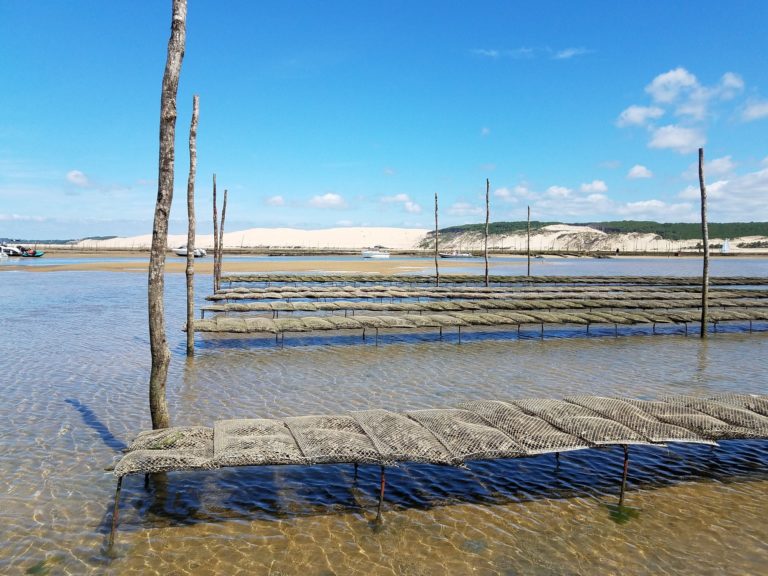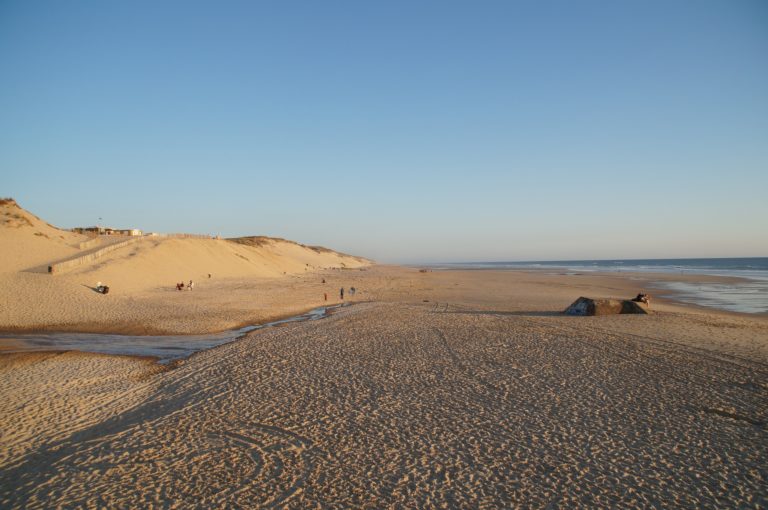Our transfers
Your destinations
This page presents some of our transfers.
Whether they are the subject of short trips or longer trips, we have selected them for their economic and tourist attractions.
Can’t find your destination there? Just consult us and we will take you there.
This service takes you from your place of arrival (train station, airport, etc.) to your place of accommodation (hotel, rental, etc.), to your business meeting, to an event or to a show.
Trusting us means having the assurance of enjoying the comfort of a private vehicle and the professionalism of your driver. Familiar with the hazards of road traffic in large cities and their surroundings, he/she plans your journeys in accordance with your time requirements.
Coming to Bordeaux: Mérignac airport and Saint-Jean train station
Bordeaux Mérignac airport directly serves most of the countries of the European Union, but also Turkey, Algeria and Tunisia. A direct flight has recently provided the Bordeaux – Pointe-à-Pitre link in Guadeloupe.
Does your flight land in Bordeaux? Your VTC driver welcomes you as close as possible to your landing area. He/she informs you of his/her presence and location by text message or telephone.
Your flight takes off from Bordeaux? Your driver will drive you close to your boarding area and help you transport your luggage.
Bordeaux Saint-Jean station allows train travel between Bordeaux and most major French cities and towns in the South-West.
During all your rail journeys, your vehicle is parked as close as possible to your departure or arrival platform. In this second case, your driver informs you of his/her presence and location by text message or telephone.
Bordeaux: two thousand years of trading
Visiting Bordeaux is discovering two thousand years of trading. Twenty centuries have shaped the different districts of the city and its surroundings. Outside the walls, the vineyard has been king since Gallo-Roman antiquity. The Celtic tribe of Bituriges Vivisques establishes Vitis Biturica on the banks of the Garonne. We are in the first century AD and this grape from Albania is the ancestor of today’s Cabernet. The Palais Gallien is one of the last testimonies of ancient Burdigala.
During the 18th and 19th centuries, trade with the West Indies flourished. The port of Bordeaux and the triangular trade ensure the prosperity of the city. The important urban transformations carried out during this period are still clearly visible today. The Place de la Bourse, formerly Place Royale, and the magnificent port facade composed by the Hôtel de la Bourse and the Hôtel des Fermes form one of the city’s most emblematic classical architectural ensembles.
From the medieval period there are a few isolated buildings, including the Porte Cailhau and the Grosse Cloche. The Middle Ages are told above all in the names of streets, a living evocation of the trades of that time.
More recently, the quays along the two banks of the Garonne have benefited from major upgrades. Having become walks open only to pedestrians and cyclists, they are in turn gardens, skateparks, or traders.
But Bordeaux is also a city anchored in the 21st century. The digital economy, scientific research, port and industrial activities, the luxury industry now rub shoulders with the more traditional sectors of viticulture and trading.
Toulouse: engineering destination
Often sung by Claude Nougaro, Toulouse is the regional capital of the Occitanie region. It stretches from the Pyrenean foothills to the Gulf of Lion in the Mediterranean Sea and the reliefs of the Massif Central. From this demanding geography were born spectacular works of art such as the Agen canal bridge or the Yellow Train railway line, which uses impressive viaducts.
Toulouse-Blagnac airport provides domestic, European and Maghreb flights.
Toulouse Matabiau train station serves most cities in southwestern France as well as the cities of Lyon and Paris by TGV.
Not surprisingly, aeronautical and space construction is the spearhead of regional economic activity and drives mechanical, electrical, electronic and IT activities [1]. As the world’s leading hub in the aerospace industry, Aerospace Valley bears witness to this dynamism.
[1] Source “Panorama économique Occitanie”.

Arcachon basin: the call of nature
Who would suspect that the lagoon formed by the Arcachon Basin triples its surface at high tide? Less anecdotal, its geological conformation makes it particularly vulnerable to marine erosion phenomena. With its exceptional dimensions, the Dune of Pilat, 3 kilometers long, 600 meters wide and 110 meters high, is living testimony to this.
Born from the displacement of the Leyre estuary, the Arcachon Basin offers a great diversity of landscapes which are home to specific flora and fauna, protected by a network of terrestrial and marine natural parks.
The Leyre is best discovered by canoe or kayak. Labeled Rivière Sauvage, it is home to many protected aquatic and terrestrial species. A large part of its route is also within the Landes de Gascogne Regional Natural Park, which houses the Marquèze ecomuseum. Unique in France, it tells the story of the shepherd-farmers who populated the great Lande. The regional nature park is also home to the Teich ornithological reserve which guides us “as close as possible to wild birds”.
But the national and international notoriety of the Arcachon Basin mostly resides on the charm of its landscapes and the quality of its coastline. That of its beaches and waters invites you to swim and practice nautical activities.
Lège-Cap Ferret: open sea and oyster farming
The Lège-Cap Ferret peninsula extends the Médoc lands, famous for their exceptional wines, and constitutes one of the limits of the Arcachon basin.
A wide variety of fine sand beaches line the peninsula: oceanic with strong currents and strong swells, they are particularly popular with sportsmen and women, including surfers. The beaches bordering the Arcachon basin are more suitable for swimming and family beach games.
The oyster-farming villages of Canon and L’Herbe offer their peaceful postcard landscapes. Here you can taste freshly caught oysters that can be served with a small glass of dry white wine.
Facing the peninsula, the famous Dune du Pilat, so close as the crow flies and so far away by land, imposes its beautiful dimensions.
The peninsula is crisscrossed by numerous cycle paths, including the Euro Velo 1 or the Atlantic Coast Route. This cycle route connects Scandinavia to Portugal and traces its route in Norway, the United Kingdom, Ireland, France, Spain and Portugal.
The French section is better known as the Velodyssée.
Along with Arcachon, the Lège-Cap Ferret peninsula is one of the only starting points for getting to the Arguin bank and approaching the Ile aux Oiseaux by boat.
Biscarrosse: cradle of seaplane
Located in the Landes department, the commune of Biscarrosse is located on the shores of Lac de Biscarrosse and Parentis. It stretches from the Landes forest and the dunes of the Atlantic coast to Biscarrosse Plage. This proximity to the great Landes lakes makes it a privileged place for water sports, including navigation and fishing.
In 1930, this exceptional lake environment led engineer Pierre-Georges Latécoère to establish an aeronautical base there. He intended it for the assembly and flight tests of seaplanes. Saint-Exupéry, Mermoz, Bonnot or Guillaumet take off from there and provide regular transatlantic flights from the Landes base. Their exploits place Biscarrosse in the great history of aviation.
This epic can be traced to the Hydraviation Museum, established in the former Latécoère base.
Today, Cazaux air base 120 still provides flight training for French and foreign pilots.
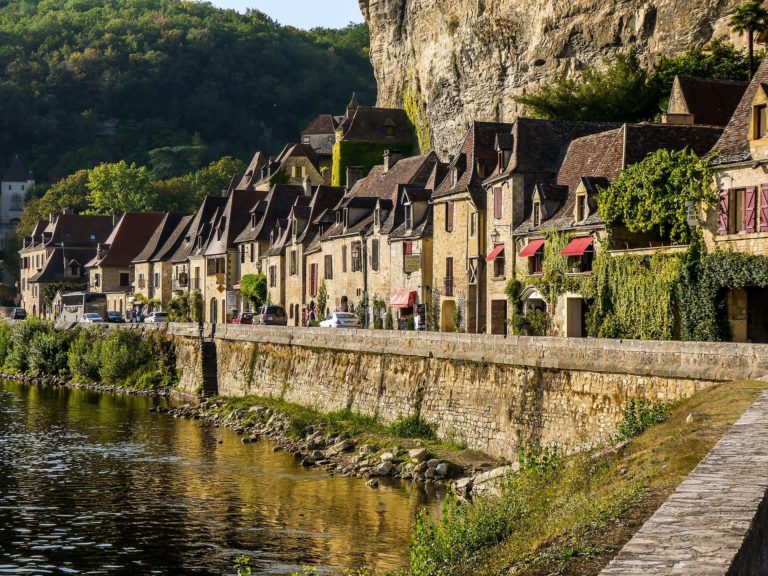

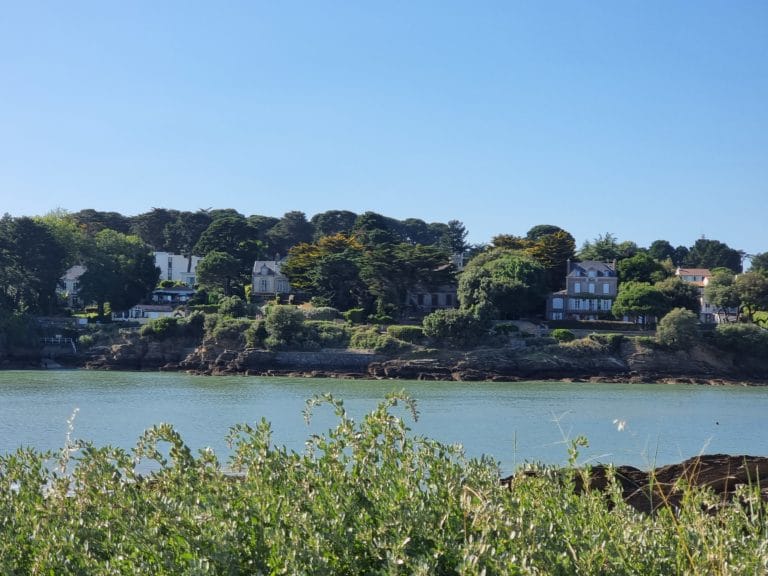

Périgord: History and gastronomy
Périgord and Dordogne are two names for the same territory. The term Périgord comes from a Gallic tribe, the Pétrocorii. The Dordogne appellation is one of the consequences of the creation of the departments during the French Revolution.
It is precisely in the diversity of its appellations that one can appreciate the variety of the Périgord region. Black like the depth of its forests in the Sarlat region, it turns green in Jumilhac-le-Grand in reference to its wooded environment, white in Thiviers or purple in Bergerac.
Human occupation of Périgord dates back to the Paleolithic era. The hunter-gatherers then settle in caves or rock shelters. On their walls they leave a fruitful testimony of their presence. This cave art can be seen in Les Eyzies, the Font-de-Gaume cave or even the Combarelles cave.
From the Middle Ages, which saw the belligerents of the Hundred Years War clash in Guyenne, magnificent fortified castles remain. That of Beynac constitutes a beautiful and interesting example of which the visit is strongly recommended.
Renowned for its magnificent landscapes and for its prehistoric and historical heritage, Périgord is also a land of gastronomy and viticulture.

